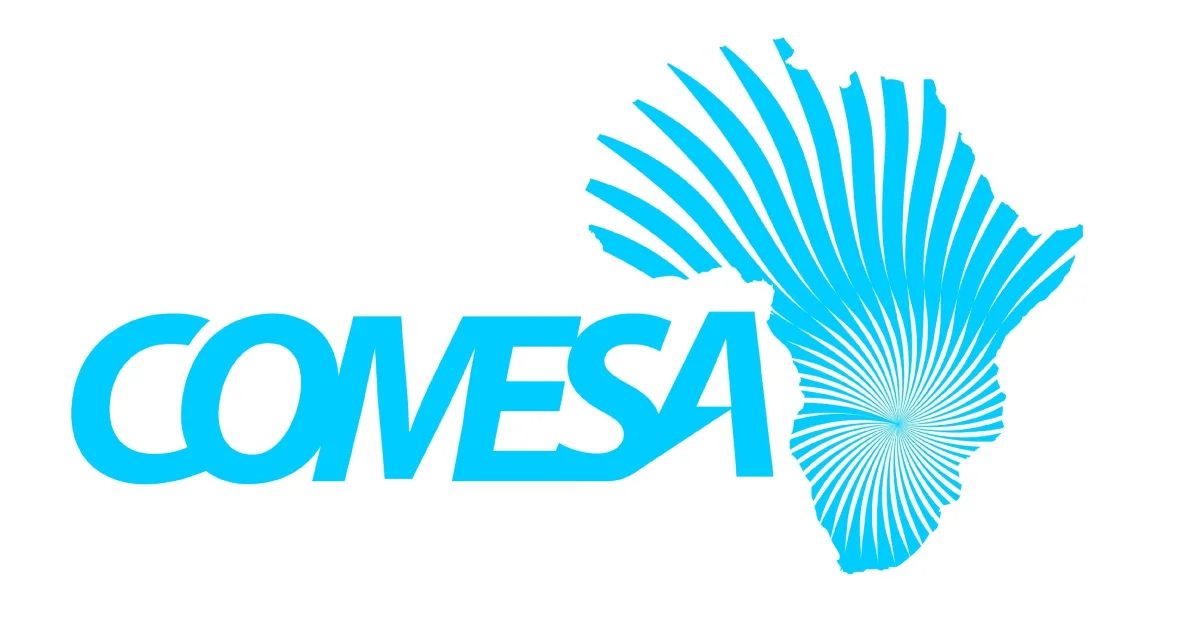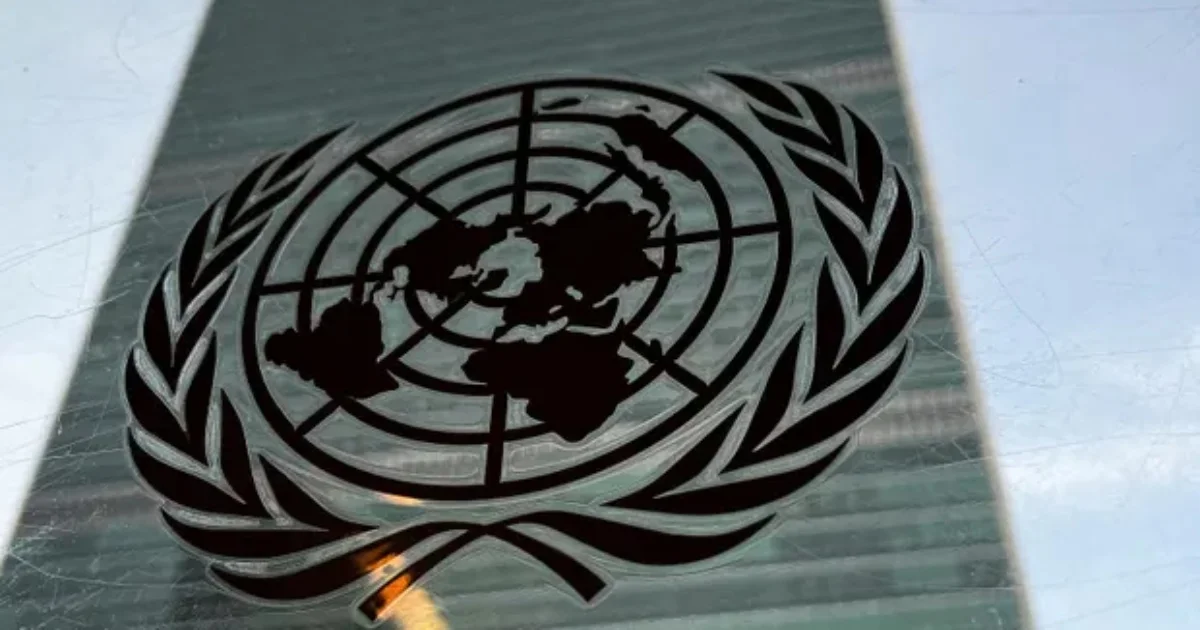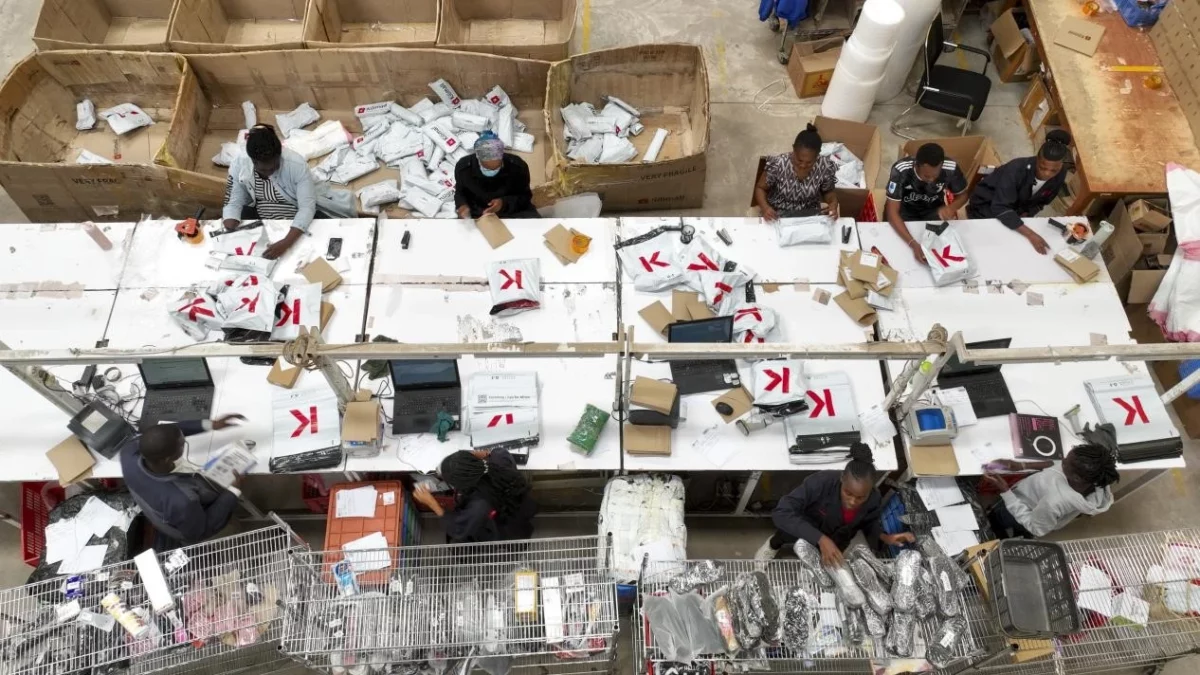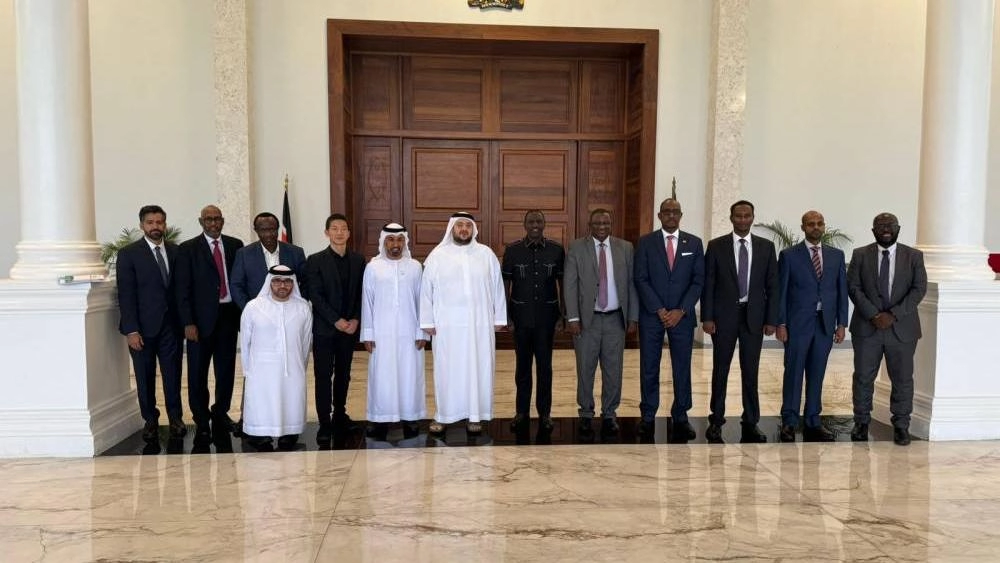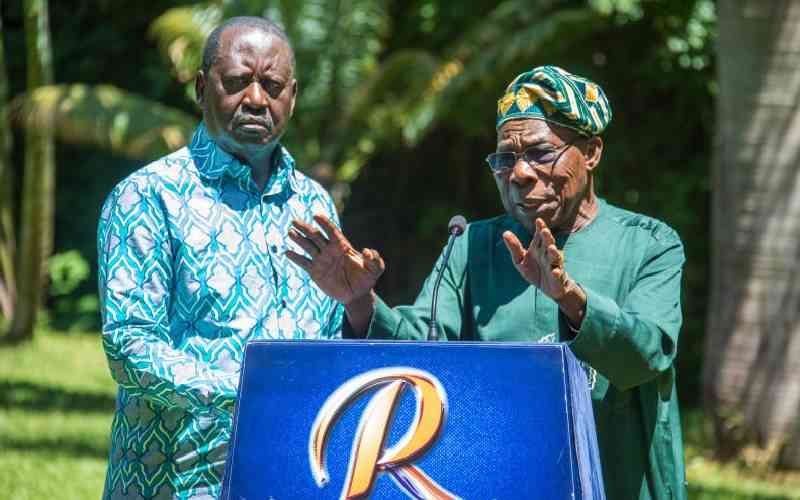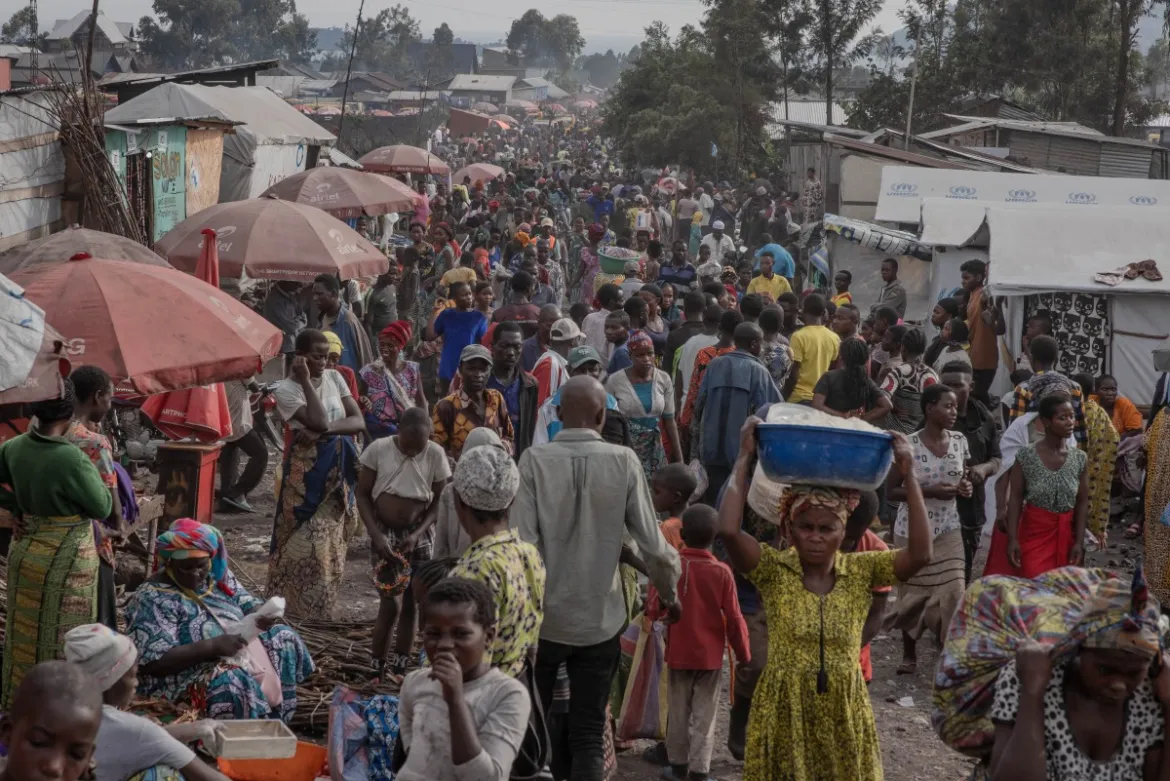Inadequate infrastructure in the form of rail, road, air, and waterway networks is significantly increasing export costs for landlocked countries in the COMESA region.
Infrastructure ministers from COMESA are urging the mobilization of funds from various sources, including national resources, public-private partnerships, foreign direct investment, and development partners, to address the growing infrastructure deficit. The infrastructure gap is said to have grown during the COVID-19 pandemic as resources were redirected to pandemic-related needs.
Estimates indicate that the African infrastructure deficit expanded in 2020, ranging from US dollars 59 billion (Ksh8.69 trillion) to US dollars 96 billion (Ksh14.15 trillion). Rwanda’s Minister of State in the Ministry of Infrastructure Patrice Uwase, highlighted the ongoing inadequacy of regional infrastructure in terms of both quantity and quality. She also pointed out that national policies sometimes hinder trade, mobility, and logistics.
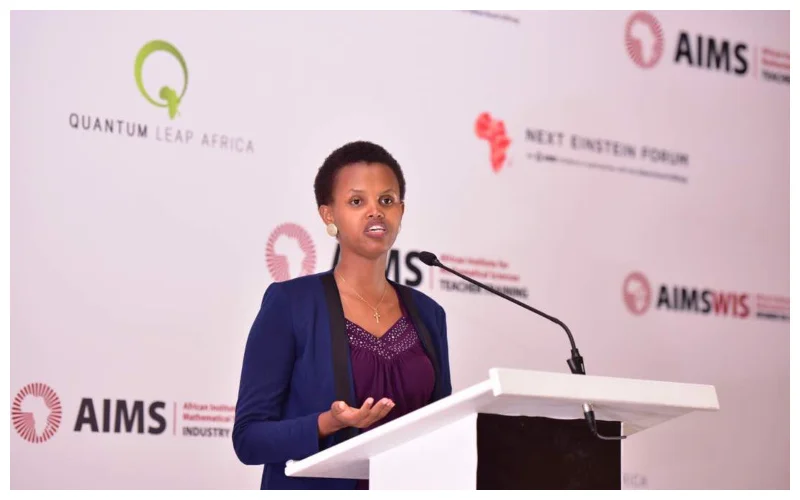
The poor state of infrastructure which includes road, rail, air, and waterway networks, results in high transport costs in Africa, particularly for landlocked countries, where these costs can make up as much as 70 percent of export values.
Uwase urged ministers to offer policy guidance to facilitate the development and implementation of practical solutions to address these infrastructure challenges and ensure they meet current and future demands.
The Secretary General of COMESA Chileshe Kapwepwe, emphasized the significant hindrance posed by inadequate infrastructure to economic growth and development in many regional countries.
Read Also: Ruto urges COMESA members to adopt a new approach to trade tactics
Kapwepwe advocated for private sector involvement in infrastructure financing and called for clear frameworks for public-private partnerships that provide legal protections for investors, streamlined acquisition of necessary permits, and reduced legal and operational risks.
“As you may be aware, public funding itself is not enough to bridge the infrastructure gap, and we therefore need private sector participation. The private sector favors projects with adequate risk returns and with predictable and stable revenues,” he stated.
Subscribe to Switch TV for more exciting content
He further emphasized the need for private sector participation, noting that public funding alone is insufficient to bridge the infrastructure gap. The private sector prefers projects with reasonable risk-return profiles and dependable, steady revenues.


